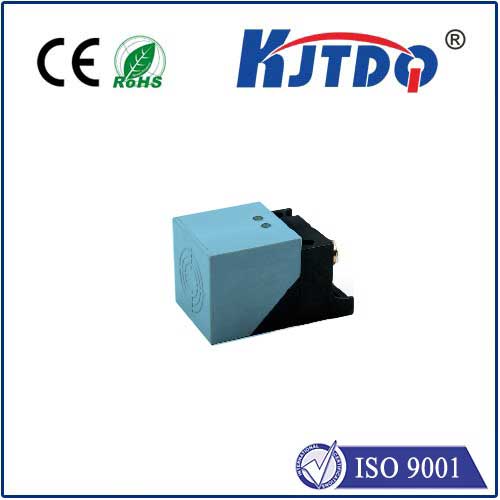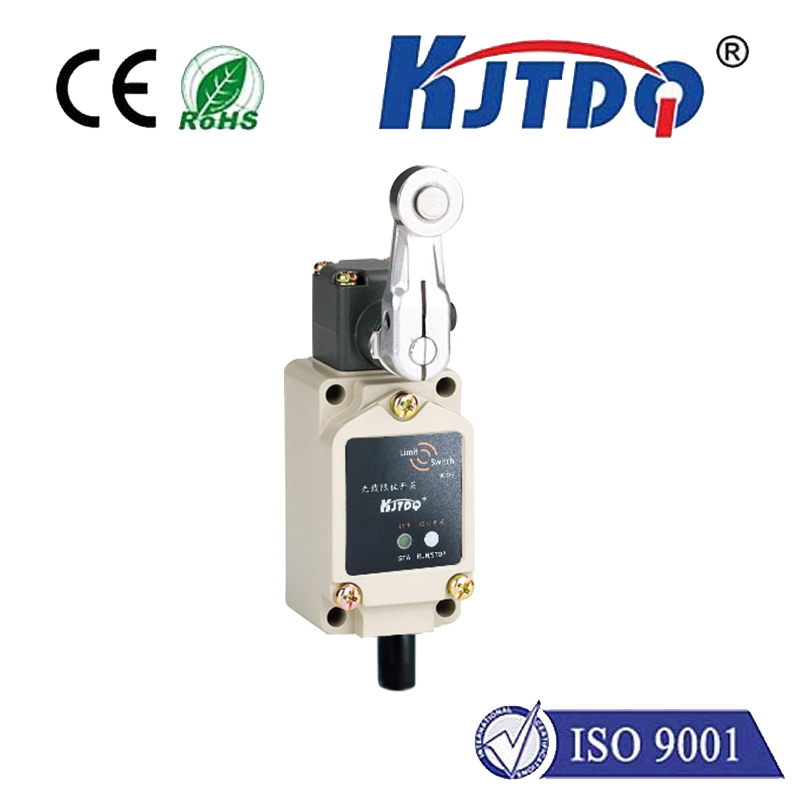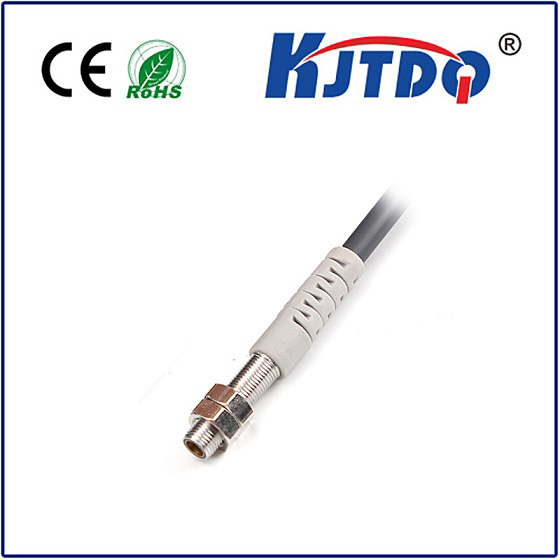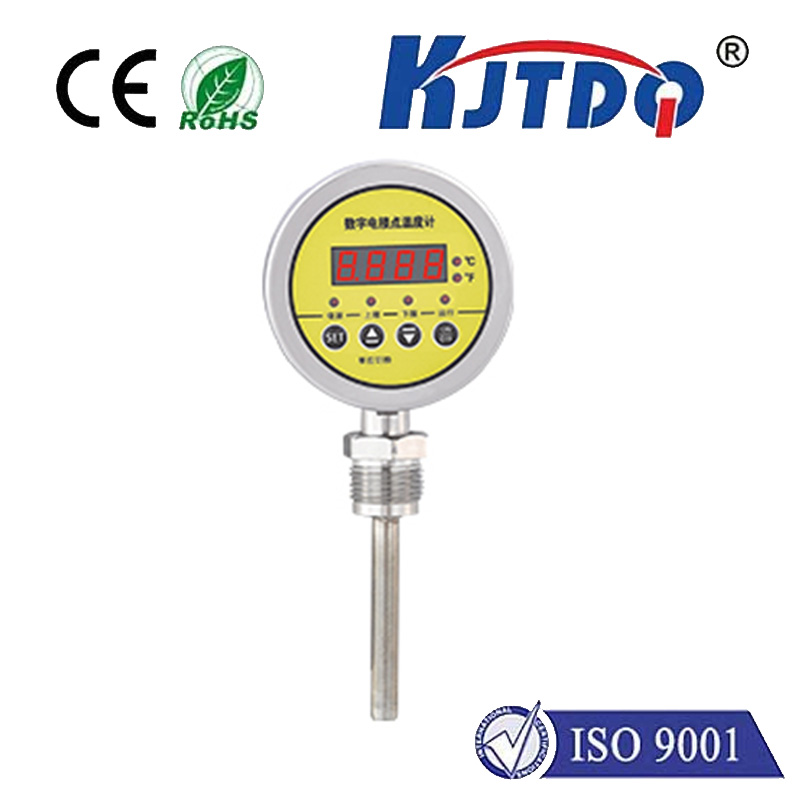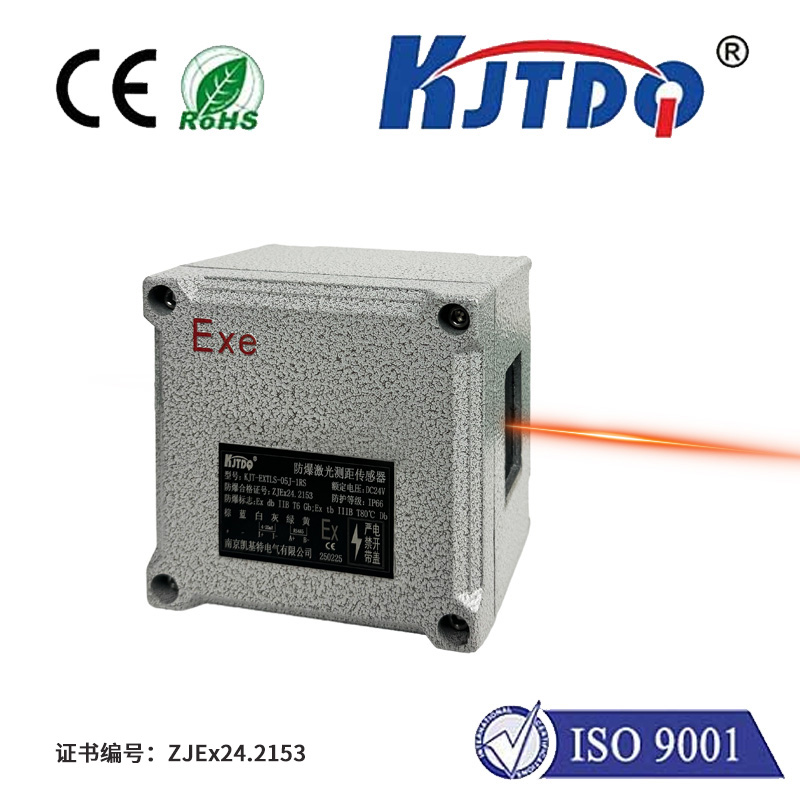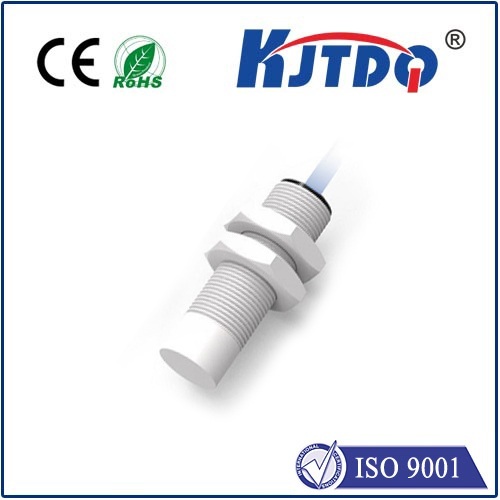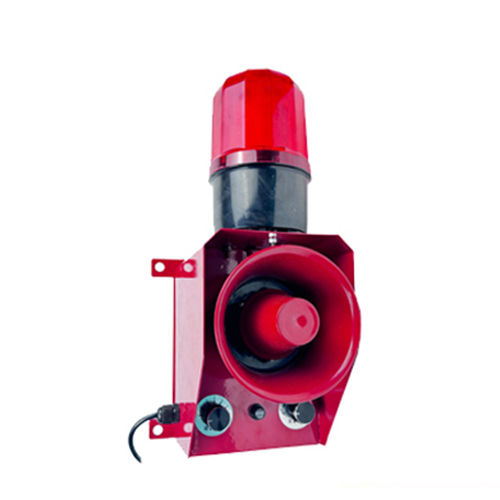dc 12-24v photoelectric proximity sensor
- time:2025-09-13 04:50:52
- Click:0
The DC 12-24V Photoelectric Proximity Sensor: Versatile Detection for Modern Automation
Imagine a factory line humming with activity. Boxes whiz along a conveyor, robotic arms pick and place components with precision, and intricate assemblies come together seamlessly. At the heart of this orchestrated movement lies a silent, reliable sentinel: the DC 12-24V photoelectric proximity sensor. This ubiquitous component is fundamental to countless automated processes, offering non-contact object detection with remarkable versatility, largely thanks to its broad operating voltage range.
But what exactly is it, and why is that voltage specification so crucial? Fundamentally, a photoelectric proximity sensor detects the presence, absence, or distance of an object using light. It typically consists of an emitter (usually an infrared LED) that projects a light beam and a receiver that detects changes in that beam. When an object interrupts the beam (in through-beam types) or reflects it back (in retro-reflective or diffuse types), the sensor’s output state changes – signaling the object’s position to a controller like a PLC.
The Power of Flexibility: Understanding DC 12-24V
The DC 12-24V specification is far more than just a technical detail; it’s a cornerstone of the sensor’s adaptability and ease of integration. What makes this range so advantageous?

- Simplified Power Sourcing: Industrial environments commonly provide 24VDC power rails for control circuitry. Automotive and mobile equipment often run on 12VDC or 24VDC systems. A sensor rated for both voltages eliminates the need for specific voltage regulators or complex power conversion circuits in many applications. You can connect it directly to the available DC supply within this range.
- Voltage Fluctuation Tolerance: Real-world voltage supplies are rarely perfectly stable. Load changes, long cable runs causing voltage drops, or minor supply variations are common. A 12-24V DC sensor is inherently designed to operate reliably despite these fluctuations. A drop to 11.5V or a surge to 25V (within reasonable tolerances as per datasheet) won’t necessarily cause malfunction, ensuring robust performance in less-than-ideal electrical conditions.
- Standardization and Compatibility: This voltage range has become an industry standard for industrial sensors, relays, and many control devices. Using a DC 12-24V photoelectric sensor ensures seamless compatibility within this widely adopted ecosystem, simplifying system design, wiring, and maintenance.
Why Opt for Photoelectric Proximity Detection?
Compared to other sensing technologies like inductive or capacitive proximity sensors, photoelectric sensors offer distinct advantages:
- Longer Sensing Ranges: They can detect objects reliably at distances ranging from a few centimeters to several meters, far exceeding the typical range of inductive sensors.
- Material Agnosticism: Unlike inductive sensors (which require metal) or capacitive sensors (sensitive to material properties and moisture), photoelectric sensors primarily react to light interruption or reflection. This means they can detect virtually any object – plastic, wood, glass, cardboard, metal, liquids – making them incredibly versatile.
- Precise Detection: They offer high positional accuracy and can be fine-tuned for detecting very small objects or specific features on a target.
- Non-Contact Operation: Detection occurs without physical touch, eliminating wear and tear on the sensor or the target object, ensuring long operational life.
- High-Speed Response: Photoelectric sensors react extremely quickly to changes in light conditions, making them suitable for high-speed production lines.
- Environmental Resilience: Modern sensors feature robust housings (often IP67 or IP69K rated) and are designed to perform reliably despite dust, dirt, moisture, or vibration, making them essential for demanding industrial automation.
Where DC 12-24V Photoelectric Sensors Shine (Applications)
The combination of reliable photoelectric detection and flexible power requirements makes these sensors indispensable across industries:
- Object Detection on Conveyors: Counting bottles, detecting box presence/absence, triggering sorting mechanisms.
- Position Verification: Ensuring parts are correctly seated in fixtures before a process begins or ends.
- Level Sensing: Monitoring fill levels in bins, tanks (using transparent container detection), or detecting the presence/absence of items in packaging.
- Part Registration: Accurately locating parts for robotic pick-and-place operations, CNC machining, or assembly.
- Web Break Detection: Monitoring continuous materials (paper, film, metal foil) for breaks or sagging.
- Gating & Access Control: Triggering automatic doors, turnstiles, or safety light curtains.
- Packaging Machinery: Detecting labels, film, cartons, or verifying case sealing.
- Mobile Equipment & Vehicles: Object detection for AGVs (Automated Guided Vehicles), collision avoidance, or position sensing in harsh environments.
Choosing the Right Type: Through-Beam, Retro-Reflective, or Diffuse?
Photoelectric proximity sensors come in various configurations, each suited for specific tasks:
- Through-Beam (Sender/Receiver): Offers the longest range and highest reliability. The emitter and receiver are separate units mounted opposite each other. Detection occurs when the object breaks the beam. Best for precise long-range detection or environments with heavy dust/dirt.
- Retro-Reflective (Reflector): The emitter and receiver are housed together, facing a reflector. Detection occurs when the object interrupts the reflected beam back to the sensor. Offers a good balance of range and ease of installation (only one point to wire).
- Diffuse (Proximity): Emitter and receiver are housed together. Detection relies on light reflecting directly off the target object back to the receiver. Range is shortest and dependent on object reflectivity and color, but installation is simplest (only the sensor needs mounting).
Integration and Selection Considerations
When selecting a DC 12-24V photoelectric sensor, consider:
- Operating Principle: Which type (through-beam, retro-reflective, diffuse) suits the application, object characteristics, and required sensing distance?
- Sensing Range: Ensure the sensor’s specified range meets or exceeds your requirements.
- Object Properties: Size, color, surface finish (shiny vs. matte), and material. Dark or non-reflective objects can challenge diffuse sensors.
- Environmental Conditions: Temperature extremes, dust levels, moisture, chemical exposure, vibration. Choose an appropriate IP rating and housing material (metal vs. plastic).
- Output Type: Typically NPN (sourcing) or PNP (sourcing) transistor outputs. Ensure compatibility with your PLC or controller’s input card. Some sensors offer analog outputs (for distance) or IO-Link for advanced communication and diagnostics.
- Light Source: Infrared is common and invisible, but visible red light can aid setup and troubleshooting. Laser versions offer extremely small spot sizes for high precision.
The DC 12-24V photoelectric proximity sensor embodies the fusion of robust industrial design and exceptional versatility. Its ability to withstand voltage variations, its non-contact detection capability across a vast array of materials, and its proven reliability make it an undisputed cornerstone of modern automation, logistics, and machinery. Whether ensuring the smooth flow of production, guaranteeing safety, or enabling precision robotics, this sensor silently delivers the crucial detection needed to keep the wheels of industry turning.






